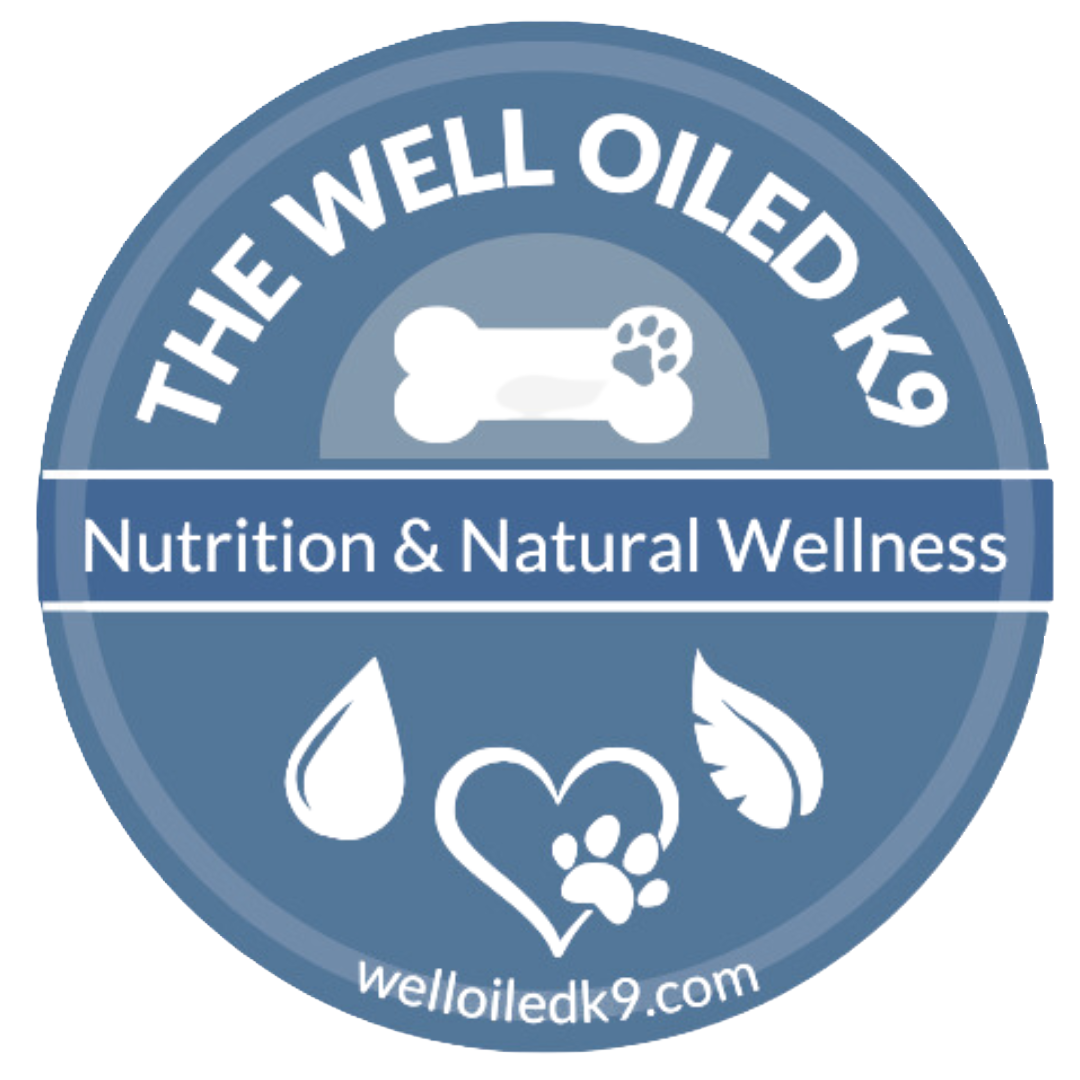How Herbs Differ From Essential Oils
They are both from plants - often the same plants So what’s the difference?
Herbs and essential oils often come from the same plant, but their effects on the body—and how we use them—are very different. If you’ve ever wondered when to reach for the herb versus the oil, this post is for you.
Both can be part of a dog’s wellness plan, but understanding how they work will help you avoid mistakes and get better results when supporting your dog’s body systems naturally.
Same Plant, Different Power
Let’s start with the basics.
Herbs are the whole plant or a part of the plant—like the leaf, flower, seed, root, or bark—used in dried, powdered, tinctured, or tea form. These contain a broad spectrum of nutrients, vitamins, minerals, and naturally occurring medicinal compounds.
Essential oils are the concentrated, volatile aromatic compounds distilled or pressed from a specific part of the plant. They are powerful, fast-acting, and highly potent—often containing just a few of the plant’s active constituents, not the full profile you’d find in a whole herb.
So yes, they may come from the same plant (like lavender or peppermint), but they behave very differently in the body.
Key Differences in the Body (For Dogs)
Absorption
Herbs work through digestion, absorption, and metabolism—usually offering slower, longer-lasting support.
Essential oils enter the body rapidly through inhalation or transdermal application and affect body systems within minutes.Potency
Essential will typically be more potent than herbs. It largely depends on how you utilize the herbs.Systemic Impact
Herbs support the body gently over time, often nourishing and balancing organ systems.
Essential oils are more like a trigger—they stimulate physiological responses like calming the nervous system or boosting immune function.Detox Pathways
Herbs often support detoxification (like milk thistle for the liver).
Essential oils can stimulate detox pathways more aggressively, which may be too much for a dog with compromised health unless supported properly.
Usage Methods for Dogs
Here's a breakdown of how we typically use each:
Herbs
Added to meals (powdered, whole, or as a tea)
Tinctures in glycerin or alcohol (dosed carefully)
Infusions or decoctions (strong teas for internal or external use)
Poultices or salves for skin support
Essential Oils
Diffused in the air (always diluted and dog-friendly oils only)
Diluted in a carrier oil for topical application (like the ears, spine, or paws)
Occasionally used internally—but only under guidance.
Remember: Dogs are more sensitive than humans. Less is more—especially with essential oils.
Choosing Between an Herb or Essential Oil
Here's a simple way to decide:
If your dog needs nutritional, tonic, or organ support—think herbs
If your dog needs fast-acting, energetic, or emotional support—think essential oils
For example:
Chamomile herb in tea or tincture can help soothe digestion and calm the nerves over time
Roman chamomile essential oil, when diffused or diluted and massaged in, offers immediate calming effects on the limbic system
Both are valuable. The trick is knowing when and how to use each one safely.
A Note on Safety
Because essential oils are so potent, always:
Use therapeutic-grade oils from a trusted source
Dilute properly with a carrier oil before applying
Avoid overuse—dogs don't need daily diffusing or layering unless under a specific protocol
Respect species differences (what's safe for humans or cats isn't always safe for dogs)
Herbs also require respect, especially when working with tinctures or concentrated forms. Not all herbs are safe for all dogs, especially those with liver, kidney, or seizure concerns.
Dana's Thoughts
In my practice, I use both herbs and essential oils—but for very different reasons. One supports the body like a daily multivitamin; the other speaks directly to the nervous system or immune response, more like a whisper... or a shout, if needed.
Knowing the difference will help you build a safer and more effective wellness plan for your pup, whether you’re supporting long-term health or managing a specific concern.
Top 5 Things to Do Today
Add safe, nutritive herbs like dandelion or nettle to your dog’s diet
Use essential oils only when needed—and always dilute!
Avoid using essential oils instead of herbs for long-term support
Learn about which plants offer benefits in both forms (like ginger, lavender, peppermint)
Observe your dog’s reaction to both herbs and oils—less is more
Want even more resources, Q&A, and discussions on nutrition? Join my community forum. Free and Subscription Content.
Statements in this blog have not been evaluated by the FDA. Educational content only. Not intended to diagnose, treat, cure, or prevent any disease.

